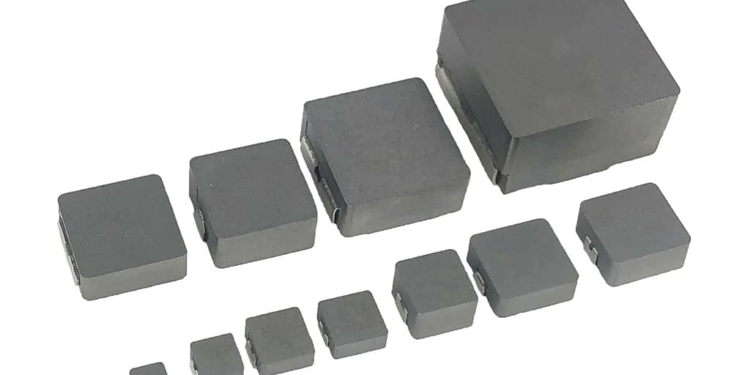Source: Eaton news
PLEASANTON, Calif. … Power management company Eaton today launched its automotive grade HCM1AV2 product line of high current power inductors designed for the transportation market to address increased power conversion and filtering requirements. The HCM1AV2 is tested beyond AEC-Q200 Grade 1 requirements for added reliability and confidence desired by most automotive engineers.
The robust molded construction makes HCM1AV2 ideal for high vibration and shock conditions. Among many other benefits, HCM1AV2 offers 10 standard inductor sizes and PCB footprints from 4 mm to 22 mm, high current capability up to 100 Amps, lower DCR, low EMI, high voltage isolation, lower core loss, soft saturation (roll-off) and great performance stability across operating temperature range.
“As the electronics content in vehicles continues to increase, so does the challenge to provide reliable power management with less space, more weight restrictions, and performance stability under extreme ambient conditions” said Steve Subiry, global product manager, Eaton. “The HCM1AV2 meets the stringent requirements of the automotive industry, enduring a wide temperature range, high humidity, electromagnetic interference (EMI) and increased mechanical shock and vibrations, providing enhanced reliability.”
The advanced construction and high-grade materials used in HCM1AV2 inductors are designed to withstand the effects of high temperature, high humidity environments in many automotive electronic systems. Eaton’s solution offers high current carrying capacity, high power density, low core losses and magnetic shielding to reduce EMI effects to other devices in the automotive engine compartment.
The Automotive Electronics Council (AEC) Component Technical Committee endorses the AECQ-200 standard as the guideline for validating automotive grade passive electronic components. HCM1AV2 inductors are AEC-Q200 Automotive Grade 1 compliant, with a maximum operating temperature range: -55 °C to +155 °C (ambient plus self-temperature rise) in which a component can be safely operated.































